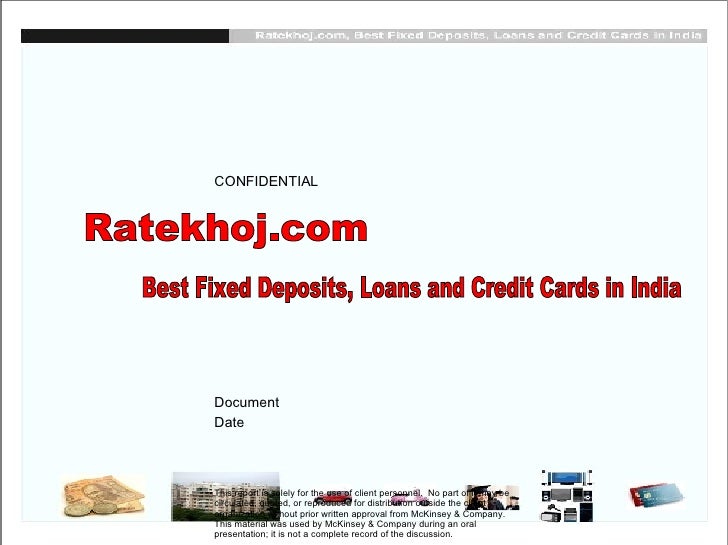The MICR Code of Venjaramoodu branch - Esaf Small Finance Bank is . Bank branch's details are listed below.
MICR Code of Venjaramoodu Branch - ESAF SMALL FINANCE BANK (EMFIL)
- FIND INDIAN BANKS INFORMATION. BROWSE BANKS By City, Bank Name, Locality. REVERSE IFSC Get bank details using IFSC code.
- Ratekhoj.com is a personal finance website. Compare financial products and save money. Compare Fixed Deposits from over 80 Institutions.
Ratekhoj.com at Press About Us. Startup Updates: Monkiri.com and Ratekhoj.com WATBlog.com - Web, Advertising and Technology Blog in India.Vetty Officer's Weblog: Ratekhoj.com.City Union Bank offers highest fixed deposit rate in Indian Banks.
Ratekhoj Bsr Code

Bank: | Esaf Small Finance Bank |
Branch: | Venjaramoodu |
MICR Code: | |
State: | Kerala |
District: | Venjaramoodu |
City: | Trivandrum |
IFSC Code: | Click here for IFSC Code of Venjaramoodu Branch - Esaf Small Finance Bank |
Branch Code: | 001513 (Last 6 Characters of the IFSC Code) |
Find MICR Code using the Lists below...
First select your bank, select the state, now select your district and finally select the branch of your bank to find MICR Code. Use the brown circle icons to change your bank or location.
Venjaramoodu Branch - Esaf Small Finance Bank MICR Code
Esaf Small Finance Bank - Venjaramoodu is located at Kerala state, Venjaramoodu district, Trivandrum city.
The MICR Code is . Bank branch's details are listed above.

Disclaimer: All of the information is provided with care. But, please read our disclaimer before using any bank code, information from this website.
Nearest Esaf Small Finance Bank branches in Venjaramoodu
- Share:

Search for Bank Codes
Recent blog posts
Advertisements
Calculate maturity amount and interest earned on your PPF Account.
PPF balance (with interest) over the year
Closing Balance is displayed left (skyblue color) and the Interest Earned on right (green color) for each year.
Total Amount Deposited as compared to Total Interests Earned
Final Maturity Amount is .
PPF Calculator is a simple online tool for PPF related calculations. If you're saving/investing money under PPF scheme, then you may find this little tool useful for doing some calculations e.g interests earned over the period or how your investment grows over the years, final maturity amount etc. Just enter the yearly deposit amount and it calculates (also show you the table and chart) your interest/balance for the next 15 financial years.
Www.ratekhoj.com
What is PPF ?
PPF (Public Provident Fund) is a saving-cum-tax saving scheme in India (started in 1968 by National Saving Institute of the Ministry of Finance) by Central Government. The goal is to mobilize small savings by offering an investment with reasonable returns combined with income tax benefits. (Tax exemption : EEE)
The interest rate is 7.10% per annum (compounded annually) and it's tax free (contribution under 80C and interest earned is fully exempted without any limit). Anyone individual Indian resident(including minor but not NRIs) can open an account with any nationalized bank (SBI, PNB, Central Bank of India etc) or post office or some authorized private banks (ICICI, HDFC, Axis Bank etc). The duration is 15 years and one can deposit anywhere between Rs. 500 (minimum) to 1.5 lac (maximum) per year.
Facts About PPF
- Current interest rate : 7.10%
- Duration of scheme : 15 years
- Minimum deposit amount (per year) : 500
- Maximum deposit amount (per year) : 1,50,000
- Number of installments every year : 1 (Min) to 12 (Max)
- Number of accounts one can open : Only One
- Lock-in period : 15 years (partial withdrawals can be made from the sixth year)
- Extension of PPF Account : After the maturity period (15 years), it can be extended for a period of 5 years
- Tax savings (contribution) : under section 80C (upto 1.5 L)
- Tax savings (interest earned and final amount) : fully exempted from wealth tax
Alternatives to Public Provident Fund
Although, PPF is a good choice in general but it may not be good for everyone. ELSS(Tax Saving Mutual Fund) is also exempted (EEE) like PPF. It can generate better returns (~15% or higher) but it's risky as compare to PPF. Read more detailed comparison here : PPF vs ELSS
